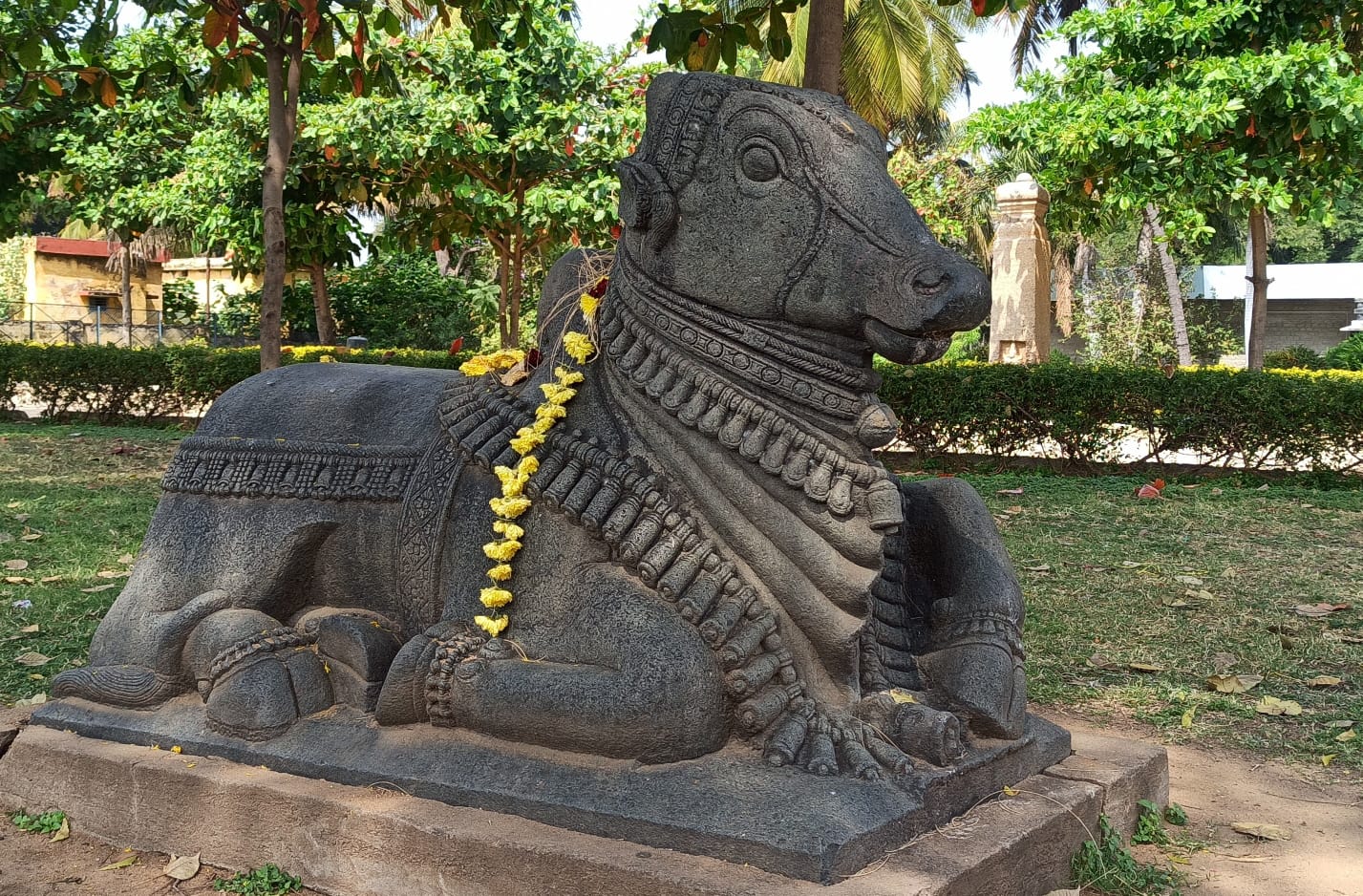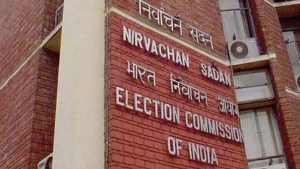Bengaluru, 09 February: Hemavathi in terms of modern terminology is a small village and comes under the jurisdiction of Anantapur district in Andhra Pradesh. The historic venue about 158 kilometres from Bengaluru is adjoining Dodda Banagere village of Sira Taluk in the Tumakuru district and is well known for its artistic splendour.
Henjeri of Pallavas: According to the history books the present-day Hemavathi was hitherto known as Henjeri between the 8th and 10th century AD and remained the capital of the Pallava dynasty. It is also told that the historic Hemavathi village boasting a variety of beautifully sculpted temples was built during the Nolamba dynasty regime.
Intricate designs with semblance: There is one small gopura-like structure as you enter the temple complex. It holds the roof probably done with a wood-like material and supported by four square-shaped slender pillars with intricate designs with semblance on all four sides of each mini pillar. The minute tower lacking proper maintenance, and forget protection continues to be a centre of attraction to all curious visitors interested in the ancient art forms and culture relishing the stone marvels.
Danseuse, Beauties a treat to watch: Each portion of all four sides of the four small pillars is literally a mesmerizing sight in whatever way you intend to look at. A variety of poses of danseuse beauties, dragons and too-sensitive carvings adorn all possible sides. To an average individual, one may conclude with the solace of experiencing art and that too on the stone at its best. But for professional artists, these sculptures get them engrossed into altogether a different world of their own.
Ishawar temples all around: According to the local legend these fascinating temples came up during the Pallavas regime. Just like elsewhere on similar sites nowhere, there is any mention of the architects and skilled craft persons who built them in reality. There are presently Siddeshwara temple, Doddeshwara temple, Virupaksheswara temple and Malleswara temple in the temple complex spread over an area of around 15 acres.
Six feet tall Shivalinga: Among the temples found in this temple complex, Doddeshwara temple can be termed the most striking one. Like all other temples here it is a well-built structure and the stone used in making the idols give an appearance of polished metal. Not only that, but they also make a sound of metal when struck. The six feet tall Shivalinga idol is the attraction while the temple boasts several artistic sculptures and images and the pillars adorn the scenes from the epics Ramayana and Mahabharata. King Rajendra is said to have been terrifically impressed by the scintillating pillars and the temple is also described as a testimony of the mixed culture of the Pallava and Chola architecture.
Nandi statues with chopped ears: A huge 8×4 feet Nandi idol in shining black granite is found sitting in peace at the entrance of the Doddeshwara temple. You can also find similar huge Nandi idols before all other temples and on the premises of the temple complex, before the museum. However, among all Nandi idols, one thing is common; both ears have been chopped off. ?Thanks to the belief that gold is stored in the ears of Nandi idols, vandals have made away with them?, regrets veteran artist BG Gujjarappa.
Shiva in meditative posture: There are two other temples in the complex dedicated to Lord Shiva, namely the Siddeshwara Swamy temple and Mallikarjuna Swamy temple. Lord Shiva in physical form as Siddeshwara in meditative posture is the highlight of the Siddeshwara temple. The five feet tall idol is quite impressive while another added beauty is the Sun rays touching the face of the Lord at the time of sunset throughout the year.
44 pillars shifted elsewhere: The Doddeswara Temple houses a 6-ft-tall Shivalinga and black basalt granite Nandi at the entrance. The stone sculptures here produce a metallic sound upon being tapped. It is believed that the Chola ruler Rajendra Chola was so impressed by the massive, intricately-carved pillars of the temple that he removed 44 of them and erected them at another temple. They depict scenes from the Ramayana and Mahabharata. Other important shrines are the Virupaksha Temple, located to the southwest of Doddesvara and east of Siddeswara and the isolated Malleswara Temple, located to the east of Siddeshwara.
Real art and culture- R Suri: Ramanna Suri, a veteran septuagenarian artist gets carried away by these stone beauties. He has been a frequent visitor to this place along with BG Gujjarappa, a sexagenarian artist well known for his brush strokes. Ramanna Suri says-?These days we talk of building new, modern temples while we tend to forget the old ancient monuments which are our real art and culture. Perhaps restoring such structures intact is the need of the day in the interest of future generations?.
Museum, a real big treasure-BG Gujjarappa: In fact, BG Gujjarappa belongs to the neighbouring Dodda Banagere village and has been a frequent visitor to this historic, tourist and pilgrimage centre since his childhood. Glancing at some of the idols beheaded, broken at the trunk position and likewise, BG Gujarappa laments-?Had this place been elsewhere in the world, it would have been developed like a world heritage site. Unfortunately, it continues to languish while the remains of sculptures found during excavation are scattered and remain unattended. At the same time, he is very happy at the sculptures retained close by the museum-?The sculptures in the museum are the real treasure of this excavation site and continue to remain a treat forever. However, you need to remain here for a few days to enjoy the beauty in totality?.
No infrastructure for visitors: Although there are buses to the place from different places, the historic place lacks minimum basic infrastructure for enthusiasts who wish to stay back and enjoy the real beauties. But for the common board found in all ancient sites by the Archaeological Department, there are no displays about any information, nor are there any tourist guides to help you out.
It?s worthwhile to stay back-Prof Babu Jattakar: Taking a clue at the place with a paucity of basic facilities, Prof Babu Jattakar, former Principal and faculty of Applied Art at the Karnataka Chitra Kala Parishat opines-?A short visit to this place may not be fruitful as it would be insufficient to quench one?s desire of enjoying the artefacts here. Maybe, staying back and going around may serve the purpose?.





